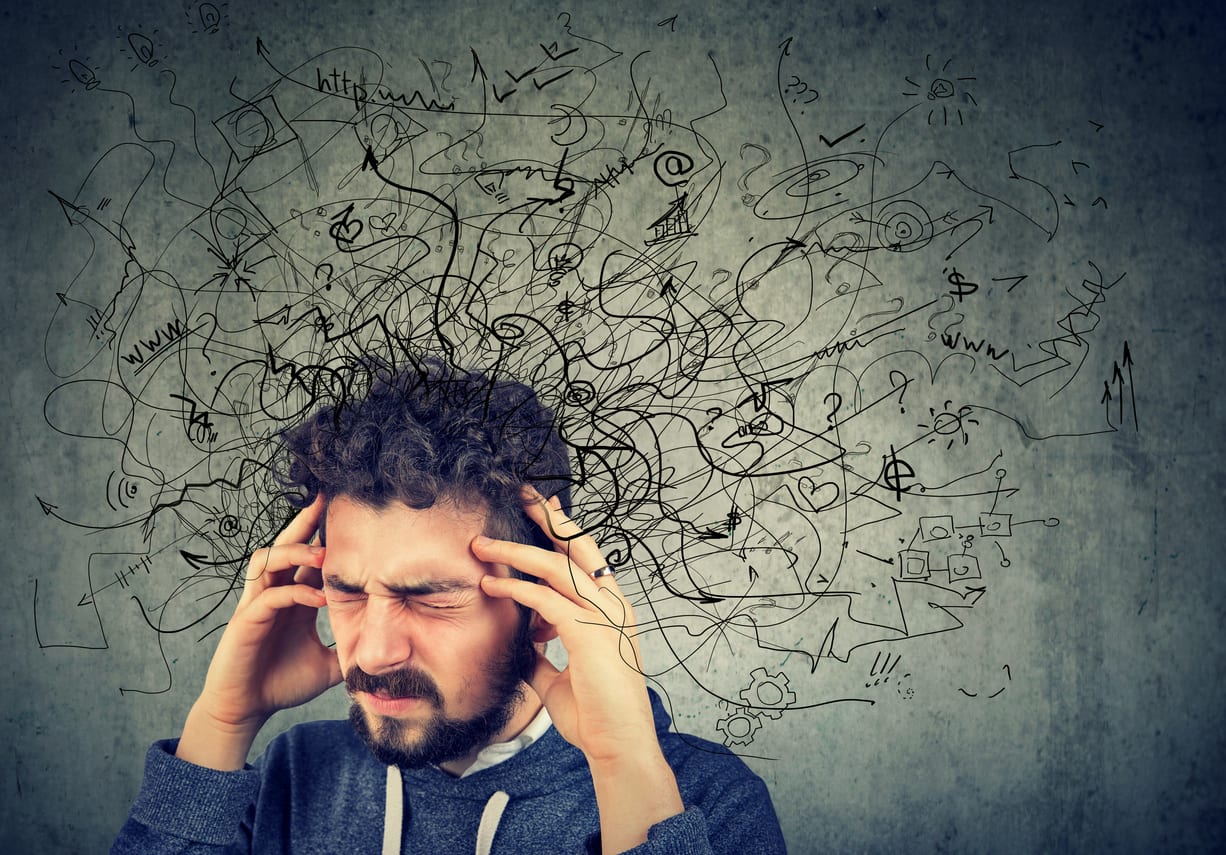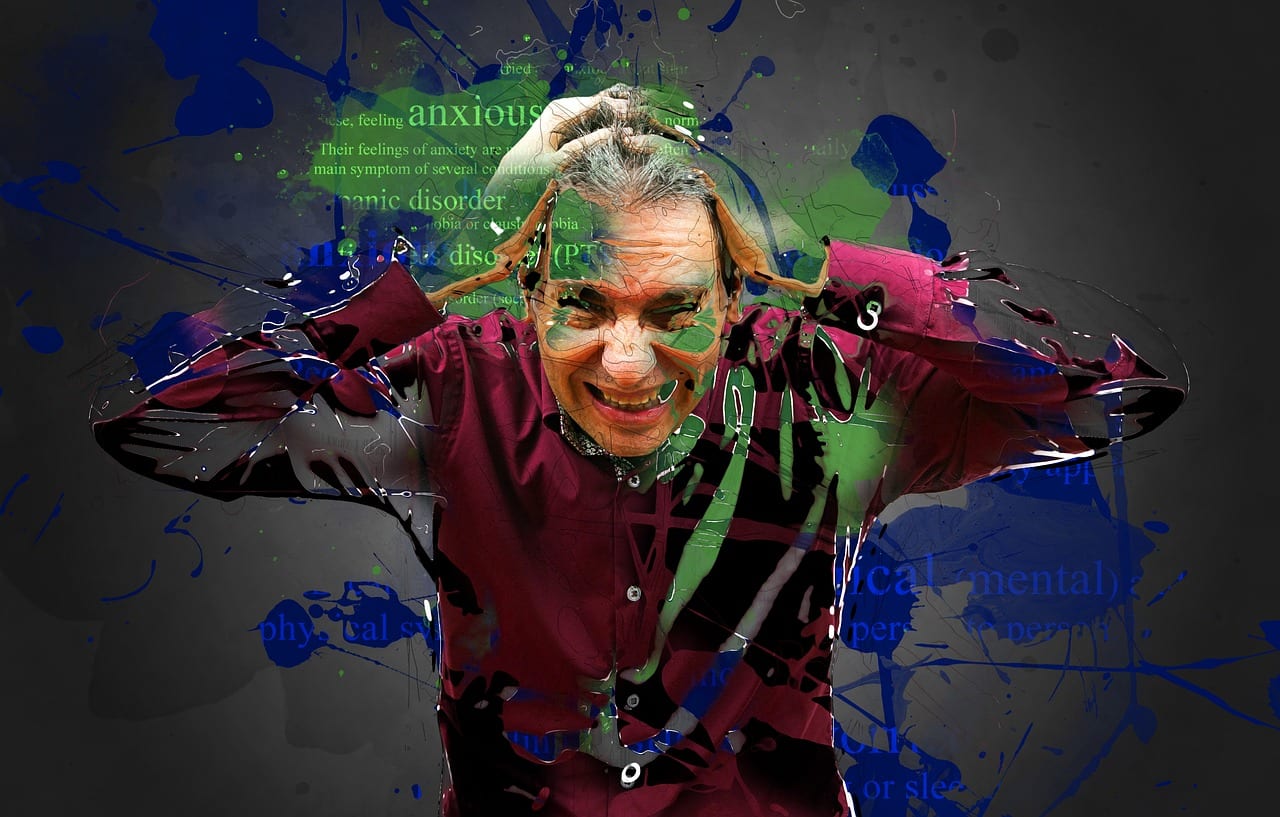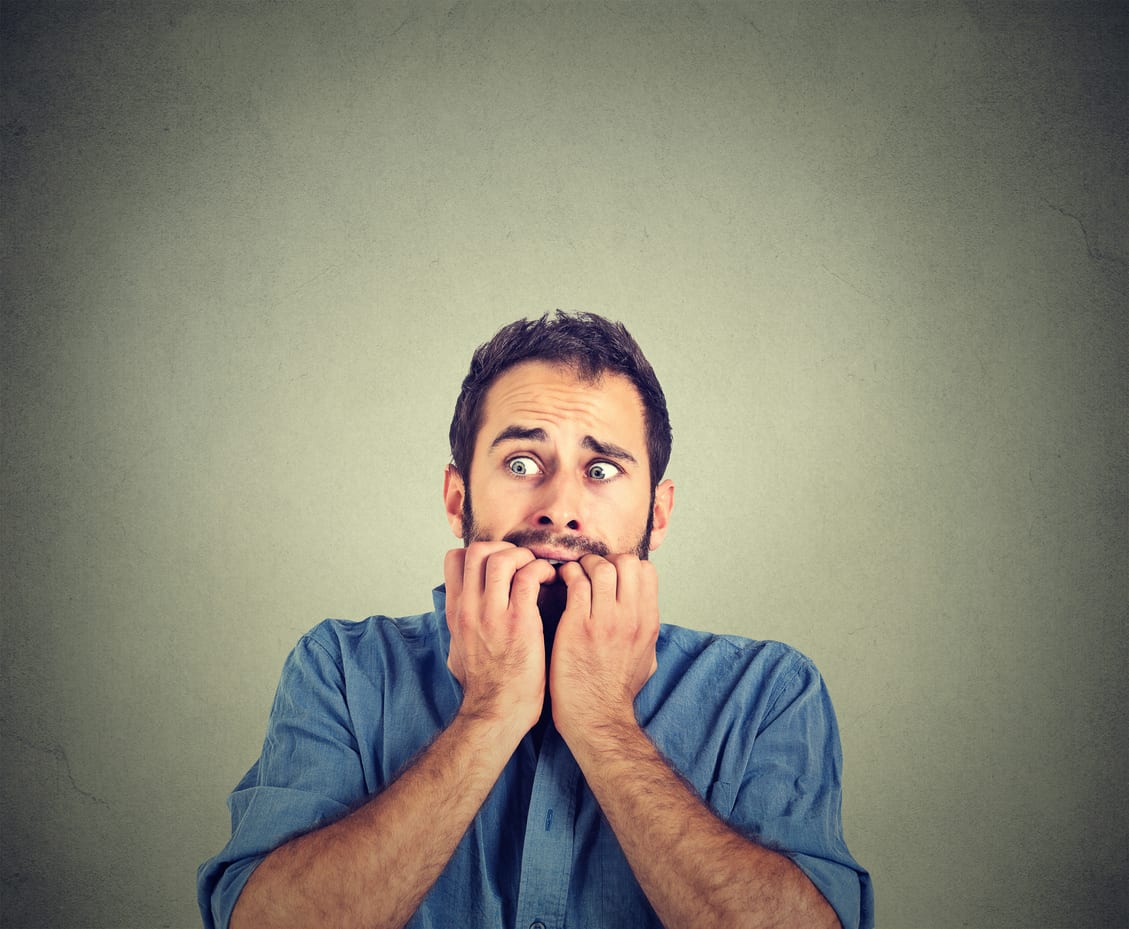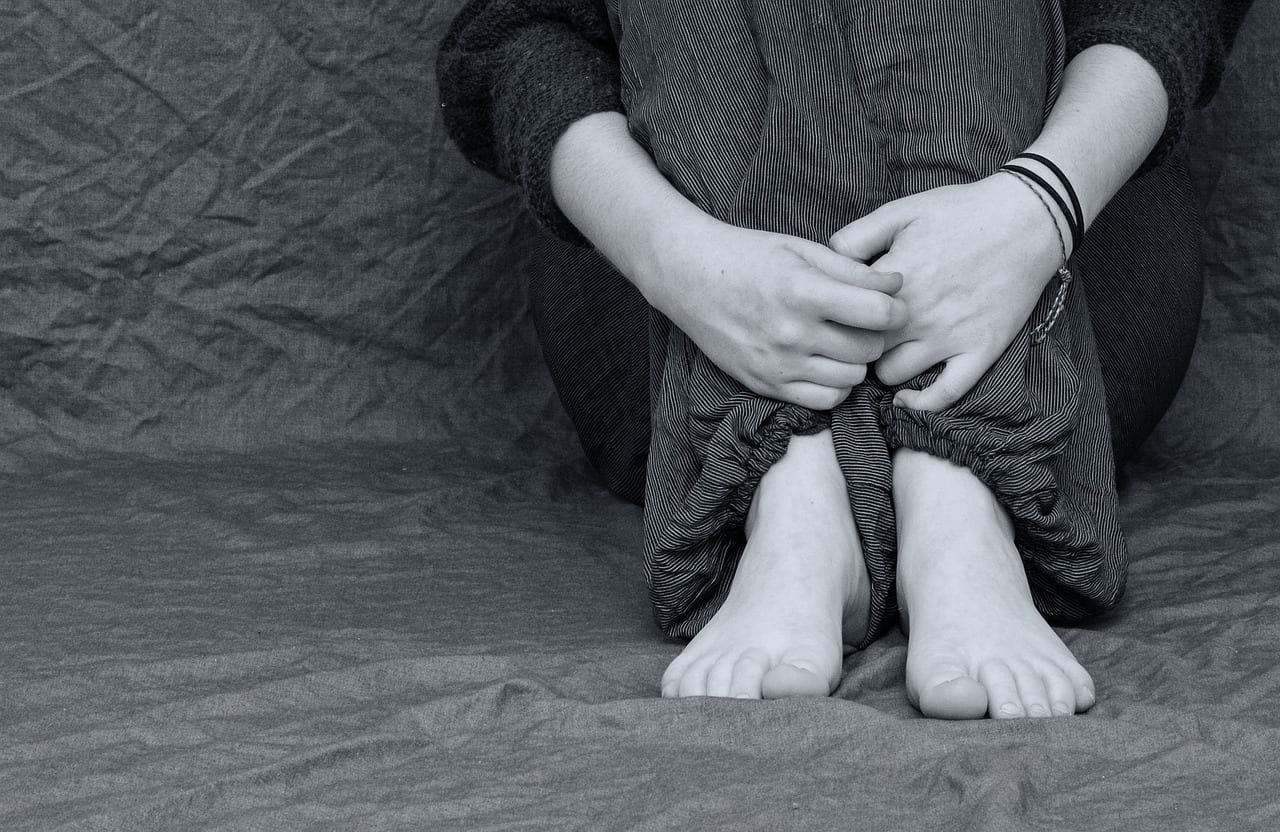Trending Now
In the last 100 years, enormous strides have been made in medicine – antibiotics, blood transfusions and pacemakers are all innovations of the 20th century. But while there have been major moves forward in diagnosing and treating physical illness, the way we manage mental illness has not made quite the same progress.
Perhaps because they are invisible, mental illnesses, particularly mental illnesses that do not place an unconquerable burden on day-to-day life, are often dismissed. Anxiety disorders, the most common mental illness, affect tens of millions of people every year – around 1/3 of the American population will suffer from an anxiety disorder at some point – and yet they are often treated by the unaffected as simple inconveniences. Let me be clear: vast bodies of research show that they are not simple inconveniences. Even for the highest-functioning sufferers of anxiety disorders, the disorders can and do have drastic effects.
So many people deal with anxiety that at some point nearly every person in the US is touched by it. Given how significant anxiety is, and how much misinformation is out there, let’s take a moment to correct the record on a few things.
Myth #1: Anxious people just need to stop worrying so much.

Photo Credit: iStock
If only it were so easy. Unfortunately, that’s not really how this works. In fact, the primary symptom that distinguishes Generalized Anxiety Disorder, a type of anxiety, is “uncontrollable worry.” If it were controllable, it wouldn’t be a symptom of a larger issue.
While everybody has worries in their lives, people who suffer from anxiety disorders have worries that are disproportionately severe compared to the realistic outcomes, often to the point where they interfere with normal life. But these fears aren’t just weakness or an inability to cope; there are observable physiological differences in the brain between people with (some) forms of anxiety and non-sufferers. In fact, many scientists believe that anxiety disorders have an evolutionary basis, which may explain why they are so prevalent.
Basically, 100,000 years ago when people lived in small tribal societies, anxiety would have been very useful for, say, motivating people to find food or preventing them from frequenting places known to be dangerous. But in modern society, the stakes are (usually) lower, yet the physiological reactions remain. Thus, people with anxiety disorders literally can’t simply stop worrying.
That’s not to say that there’s nothing to be done about anxiety, however. There are certainly medications and psychotherapies, notably Cognitive Behavioral Therapy, that can and do help, and anyone who feels like maybe they are afflicted with an anxiety disorder should absolutely go see a professional for a diagnosis and potential treatment options.
Myth #2: Anxiety isn’t actually an illness.

Photo Credit: Pixabay
That’s true – actually, it is several illnesses. There are many types of anxiety disorders listed in the Diagnostic and Statistical Manual of Mental Disorder (DSM), the official book of diagnosable mental illnesses according to the modern medical literature. Any disorder included in the DSM is definitely an actual illnesses, at least to the best of our current knowledge. And though anxiety often isn’t treated the same as a physical illness, the symptoms of anxiety are similarly not under the sufferer’s control and can be just as debilitating.
Or not, depending.
Myth #3: It’s easy to tell when someone has anxiety.

This is not really what anxiety looks like most of the time…
Photo Credit: iStock
There are so many types of anxiety that when we talk about it generally, we have to imagine a spectrum. While some people may find their lives severely impacted, others may be able to go about their normal routine seeming as if they did not have an anxiety disorder. But just because some people are excellent at dealing with their symptoms, it does not mean they are not suffering.
Here’s an analogy: if you met someone who wasn’t wearing glasses, you might believe they could see well. But if that person actually has vision problems and is just particularly adept at pretending they have 20/20 vision, they would be at a disadvantage – even though you assume you’re both operating on a level playing field. The same is true for people with high functioning anxiety, except that the burden is often emotional, rather than physical.
Myth #4: Social anxiety is the same as being shy.

Photo Credit: Pixabay
Again, nope. Social Anxiety Disorder – again, one of many types of anxiety – is like normal social nervousness, but on steroids. Everyone may have moments when they feel awkward or uncomfortable being around other people, but for those who have social anxiety disorder, the stress involved with being around people is often too much to handle. The stressors may include behaviors thought of as normal, like small talk or eye contact.
Though particularly shy children have a higher risk of developing social anxiety disorder, the disorder doesn’t have a specific cause. While a shy person may prefer to be out of the center of attention, a person with social anxiety disorder may have an overwhelming fear of being the center of attention, attended by the onset of physical symptoms like dizziness, rapid heartbeat, diarrhea or out-of-body experiences. And after their moment in the spotlight, that socially anxious person may spend weeks obsessively worrying about how they acted.
There are many other potential symptoms and triggers for social anxiety, of course.
Myth #5: Anxiety can be cured by healthy diet and exercise.

Photo Credit: Pixabay
Again, no – mostly. Some anxiety disorders can have something of a symbiotic relationship with normal stress, feeding off of it in a way that worsens a person’s anxious symptoms. Diet and exercise can effectively reduce normal stress by releasing endorphins in the brain – but just because you are reducing your stress doesn’t mean that the underlying anxiety disorder goes away. Exercise and healthy eating may help decrease the intensity or frequency of symptoms, which is certainly a good thing, but it cannot cure an anxiety disorder. It is also important to make sure that diet and exercise do not become the focus of obsessive thoughts, which can lead to dangerous eating disorders.
To recap: Anxiety disorders are real, they affect people’s lives in significant ways, they are not necessarily easily identified, and they’re hard to deal with without professional help.
All that to say, let’s be kind to each other, okay, folks?






